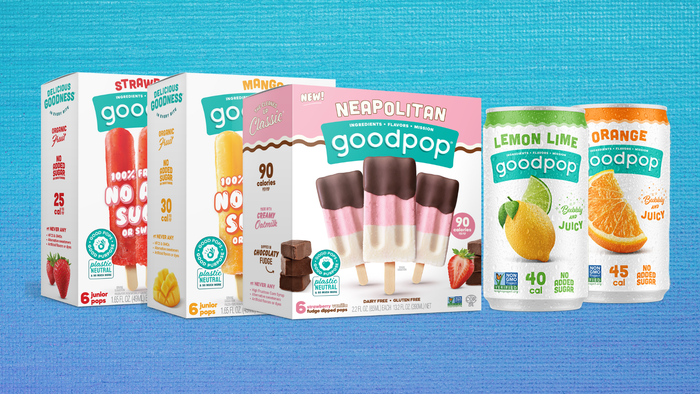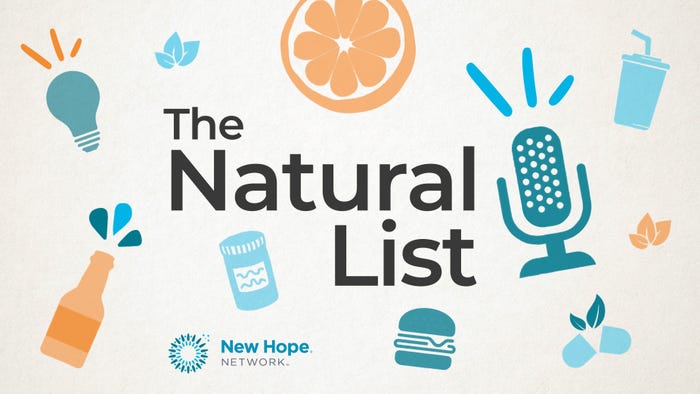4 things to know about Amazon's 'Climate Pledge Friendly' program
Amazon creates a Compact by Design certification, works with 19 sustainability certifications to help consumers find climate-friendly products.
October 16, 2020
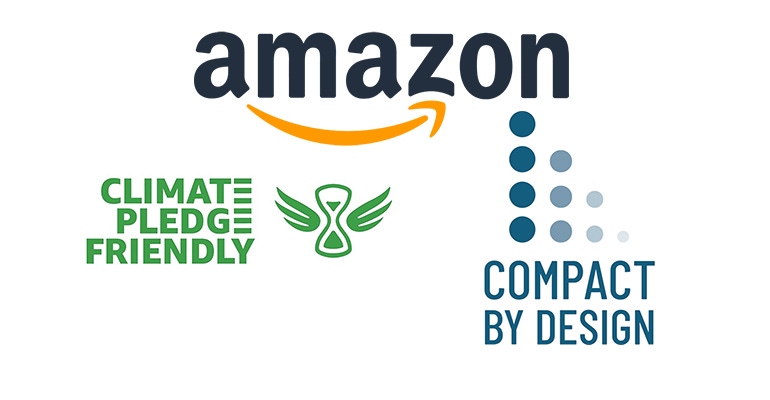
Amazon's new Climate Pledge Friendly program is designed to "make it easy for customers to discover and shop for more sustainable products."
The Climate Pledge is a movement toward achieving Net Zero Carbon by 2040—10 years sooner than the timeline set in the Paris Agreement. In addition to Amazon, participating companies include Verizon, Best Buy, Mercedes Benz, Siemens and InfoSys.
More than 25,000 products that carry certifications you likely recognize—Bluesign, Cradle to Cradle, Rainforest Alliance, FairTrade International and 14 more—now have green Climate Pledge Friendly badges on their product pages, according to Amazon.
In addition, Amazon created a Compact by Design certification to identify products that are more efficient to ship. Even small differences in size and weight can result in considerable reductions in carbon emissions, Amazon reported.
"Climate Pledge Friendly is a simple way for customers to discover more sustainable products that help preserve the natural world," Jeff Bezos, Amazon founder and CEO, said in a released statement.
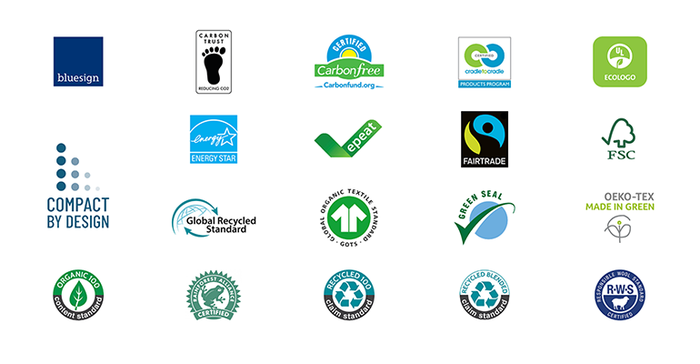
What third-party certification programs are participating?
Right now, Amazon has partnerships with 18 outside certification organizations, which inform Amazon when a product is certified and can be included in the Climate Pledge Friendly program:
"It's fantastic to see Amazon helping to make sustainable shopping easier and more accessible for consumers. Fairtrade is committed to supply chain transparency and environmental protection, and we are therefore delighted to be involved in Amazon's Climate Pledge Friendly program. I look forward to seeing it launch in the U.S. and hope it will encourage further brands to source more sustainably and certify their products, so that we can continue to drive further impact for people and planet."—Darío Soto Abril, CEO of Fairtrade International
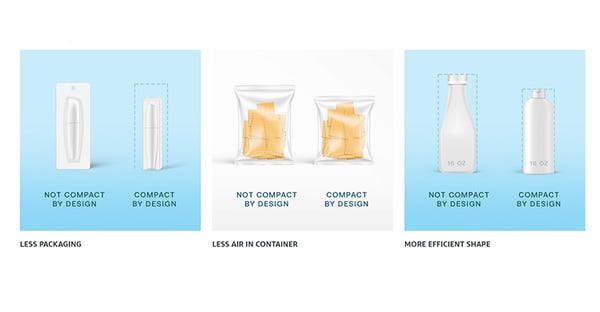
What does Compact by Design certification mean?
Amazon has created efficiency standards for different categories of products, based on package dimensions, item weight and the number of units—fluid ounces in cleaners or loads in laundry products—to calculate how efficient each product is. The lower the unit efficiency value, the more efficient the design is. Factors that can lower a product's unit efficiency value include putting less air in a container, using less or lighter packaging, creating a more efficient shape or making the product more concentrated.
Amazon cited a super-concentrated laundry detergent that has been certified Compact by Design, made by Seventh Generation. It uses 60% less plastic and 50% less water than the usual 100-ounce detergent bottle. If every American household used this highly concentrated detergent instead of the typical bottle, we could prevent 220,000 tons of carbon dioxide being put in the atmosphere—the equivalent of driving 540 million miles—every year, the company said.
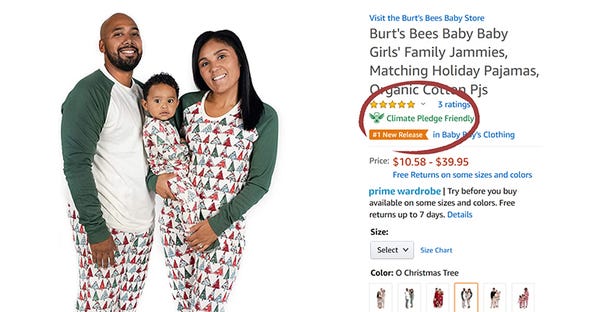
How can my brand participate?
If your brand is already certified by one of Amazon's partner organizations, it might qualify for the Climate Pledge Friendly badge. If it isn't yet labeled, contact Amazon through the Seller Central or Vendor Central account. When consumers click on the badge, they will see what certification your product has.
Many products with the Climate Pledge Friendly badge have earned the Compact by Design certification through Amazon.
For other certifications, reach out to Amazon's partners about how to qualify.
According to Sourcing Journal, Amazon "chose organizations that certify products that have demonstrated environmentally related sustainability benefits."
"Cradle to Cradle certification provides a framework for product optimization based on the principles of designing with safe and healthy materials, using clean renewable energy and water, celebrating diversity, and eliminating the concept of waste. We love that Amazon is making it simple for customers to find sustainable products. Amazon’s new program will expand our reach and enable us to empower more brands to deliver safer and more sustainable products for the circular economy."— William McDonough, who worked with Amazon to develop the program, is also the cofounder of the Cradle to Cradle Design Framework.
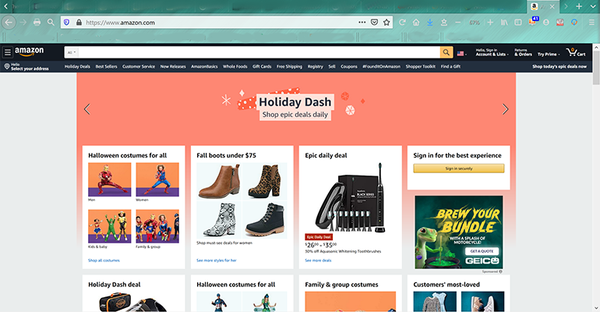
How do consumers find the Climate Pledge Friendly products?
Amazon's blog says the program is designed "to help make it easy for customers to discover and shop for more sustainable products." The goal, it says, is to help preserve the natural world, "such as reducing the carbon footprint of shipments to customers."
But as of now, it's not easy to find these products unless you know what you are looking for.
Amazon set up a page of Climate Pledge Friendly product categories: Apparel, Beauty, Computers & Office, Electronic, Grocery, and Health & Household. Clicking on Apparel, for example, takes one to a typical Amazon list of apparel products. On the left of the page, you'll see a list of departments. But Amazon's Climate Pledge Friendly badge isn't visible until you click on the product itself.
Research from the Policy Studies Journal found consumers want to purchase climate-friendly products but don't know how to find them. But Amazon doesn't make it easy to find the Climate Pledge Friendly products: There's no announcement on the Amazon home page and no links on the top banner, a Forbes.com opinion piece noted on Oct. 6. (NewHope.com verified this on Oct. 15.)
The columnists—Nives Dolsak and Aseem Prakash, both of whom are professors at the University of Washington, Seattle—wrote on Forbes.com:
"This raises the question: how does then one find 'Climate Pledge Friendly' products? When we typed in 'Climate Pledge Friendly' in the search box, it took us to the dedicated page where such products are listed. Amazon probably expects that this is where customers concerned about climate change will shop.
"But how will Amazon shoppers learn of this dedicated page? Shoppers access Amazon’s website to buy stuff. They use the search function to look for products. How can one expect that they will change their search process and type in 'Climate Pledge Friendly' products instead of searching for the product?
"The idea behind the climate label is that consumers could help save the earth, while doing their normal shopping. To accomplish this goal, the portal must make information about 'Climate Pledge Friendly' products easily available. As of now, it does not."
You May Also Like
